- 全部删除
 您的购物车当前为空
您的购物车当前为空
Nitrogen-15 Labeled Compounds
氮-15 标记化合物是指利用氮元素的同位素氮-15 对化合物进行标记的化合物。氮-15 标记化合物在农业、医学和生物化学等领域获得了广泛的应用,比如氮-15标记的氮肥可以帮助科学家研究氮肥在土壤中的转化、吸收和利用过程,从而优化氮肥的施用方法,提高作物产量,也可用于研究药物在人体内的代谢过程、疾病的发病机理等。
- L-Lysine-13C6-15N2 HydrochlorideTMIJ-03801200447-00-2L-Lysine-13C6-15N2 Hydrochloride 是一种 13C 和 15N 标记的 L-Lysine hydrochloride。L-lysine hydrochloride 是人类必需的氨基酸,也是一种常见的食品添加剂,需要通过饮食摄入。L-lysine hydrochloride 可刺激胃蛋白酶与胃酸的分泌,提高胃液分泌功效,促进幼儿生长与发育。
- ¥ 415
规格数量 - L-Phenylalanine-15NT4037629700-34-3L-Phenylalanine-15N ((S)-2-Amino-3-phenylpropionic acid-15N) 是 15N 标记的 L-Phenylalanine。L-Phenylalanine 是从大肠杆菌中分离出来的一种必需氨基酸。 L-Phenylalanine 广泛用于食品香精和药物的生产。
- ¥ 109
规格数量 - Riluzole-13C,15N2T376081215552-03-6Riluzole-13C,15N2 (PK 26124-13C,15N2) 是 13C 和 15N 标记的 Riluzole。 Riluzole 是一种谷氨酸拮抗剂,具有抗惊厥活性,抑制 GABA 摄取,可用于研究肌萎缩侧索硬化症。
- ¥ 6370
规格数量 - Vadadustat-13C2-15NTMIH-0591Vadadustat-13C2-15N 是 Vadadustat 的 13C 和 15N 的标记化合物。Vadadustat 的 CAS 号为 1000025-07-9。Vadadustat 是一种可滴定口服的缺氧诱导因子脯氨酰羟化酶 (HIF-PH) 抑制剂,是一种促红细胞生成剂,在动物慢性肾脏疾病模型中,有用于贫血的研究潜力。
- ¥ 5880
规格数量 - 5-Fluorouracil-13C,15N2T368951189423-58-25-Fluorouracil-13C,15N2 is intended for use as an internal standard for the quantification of 5-flurouracil by GC- or LC-MS. 5-Fluorouracil is a pyrimidine analog that irreversibly inhibits thymidylate synthase, blocking the synthesis of thymidine which is required for DNA synthesis. Intracellular metabolites of 5-fluorouracil exert cytotoxic effects by either inhibiting thymidylate synthetase, or through incorporation into RNA and DNA, ultimately initiating apoptosis.
- ¥ 5860
规格数量 - Upadacitinib-15N-d2TMIJ-0267Upadacitinib-15N-d2 是 Upadacitinib 的 15N 和氘代化合物。Upadacitinib 的 CAS 号为 1310726-60-3。Upadacitinib 是高效选择性的,具有口服活性的JAK1抑制剂,IC50为43 nM,可用于多种自身免疫性疾病的研究。它对 JAK1 的选择性约为 JAK2 的 74 倍。
- 待询
规格数量 - L-Valine-13C5-15NTMIJ-0381202407-30-5L-Valine-13C5-15N 是 L-Valine 的 13C 和 15 N 的标记化合物。L-Valine 的 CAS 号为 72-18-4。L-Valine 是蛋白二十种氨基酸中的其中一种。它是必需氨基酸。
- 待询
规格数量 - 2-Nitrobenzaldehyde semicarbazone 13C,15N2T40874760179-80-42-Nitrobenzaldehyde semicarbazone (13C, 15N2) is utilized in the LC-MS MS method for semicarbazide analysis.
- 待询
规格数量 - Cefazolin-13C2,15NT372502101505-58-0Cefazolin-13C2,15N is intended for use as an internal standard for the quantification of cefazolin by GC- or LC-MS. Cefazolin is a broad-spectrum cephalosporin antibiotic that is active in vitro against various Gram-positive and Gram-negative bacteria (MICs = 0.2-12.5 μg ml). It also inhibits the growth of clinical isolates of S. aureus, E. coli, P. mirabilis, and K. pneumoniae (MICs = 0.1-25 μg ml). In vivo, cefazolin protects against S. aureus, E. coli, and P. mirabilis infection in mice (ED50s = <0.09-1.78, 0.44-3.63, and 2.31-5.2 mg animal, respectively). Formulations containing cefazolin have been used to treat a variety of bacterial infections.
- ¥ 6280
规格数量 - Zonisamide-13C2,15NT378471188265-58-8Zonisamide-13C2,15N is intended for use as an internal standard for the quantification of zonisamide by GC- or LC-MS. Zonisamide is an antiepileptic agent.1 It selectively inhibits the repeated firing of sodium channels (IC50 = 2 μg ml) in mouse embryo spinal cord neurons and inhibits spontaneous channel firing when used at concentrations greater than 10 μg ml.2 In rat cerebral cortex neurons, zonisamide (1-1,000 μM) inhibits T-type calcium channels with a maximum reduction of 60% of the calcium current.3 Zonisamide inhibits H. pylori recombinant carbonic anhydrase (CA) and the human CA isoforms I, II, and V with Ki values of 218, 56, 35, and 21 nM, respectively.4,5 In mice, it has anticonvulsant activity against maximal electroshock seizure (MES) and pentylenetetrazole-induced maximal, but not minimal, seizures (ED50s = 19.6, 9.3, and >500 mg kg, respectively). Zonisamide (40 mg kg, p.o.) prevents MPTP-induced decreases in the levels of dopamine , but not homovanillic acid or dihydroxyphenyl acetic acid , and increases MPTP-induced decreases in the dopamine turnover rate in mouse striatum in a model of Parkinson's disease.6 Formulations containing zonisamide have been used in the treatment of partial seizures in adults with epilepsy. |1. Masuda, Y., Ishizaki, M., and Shimizu, M. Zonisamide: Pharmacology and clinical efficacy in epilepsy. CNS Drug Rev. 4(4), 341-360 (1998).|2. Rock, D.M., Macdonald, R.L., and Taylor, C.P. Blockade of sustained repetitive action potentials in cultured spinal cord neurons by zonisamide (AD 810, CI 912), a novel anticonvulsant. Epilepsy Res. 3(2), 138-143 (1989).|3. Suzuki, S., Kawakami, K., Nishimura, S., et al. Zonisamide blocks T-type calcium channel in cultured neurons of rat cerebral cortex. Epilepsy Res. 12(1), 21-27 (1992).|4. Nishimori, I., Vullo, D., Minakuchi, T., et al. Carbonic anhydrase inhibitors: Cloning and sulfonamide inhibition studies of a carboxyterminal truncated α-carbonic anhydrase from Helicobacter pylori. Bioorg. Med. Chem. Lett. 16(8), 2182-2188 (2006).|5. De Simone, G., Di Fiore, A., Menchise, V., et al. Carbonic anhydrase inhibitors. Zonisamide is an effective inhibitor of the cytosolic isozyme II and mitochondrial isozyme V: Solution and X-ray crystallographic studies. Bioorg. Med. Chem. Lett. 15(9), 2315-2320 (2005).|6. Yabe, H., Choudhury, M.E., Kubo, M., et al. Zonisamide increases dopamine turnover in the striatum of mice and common marmosets treated with MPTP. J. Pharmacol. Sci. 110(1), 64-68 (2009).
- ¥ 6930
规格数量 - Gemcitabine EP Impurity C-13C-15N2TMIJ-01901233921-75-9Gemcitabine EP Impurity C-13C-15N2 是 Gemcitabine EP Impurity C 的 13C 和 15 N 的标记化合物。
- 待询
规格数量 - L-Glutamic acid-15NT3956521160-87-2L-Glutamic acid-15N is the 15N-labeled version of L-Glutamic acid, an excitatory neurotransmitter and an agonist at metabotropic, kainate, NMDA, and AMPA glutamate receptor subtypes. It directly activates the release of dopamine (DA) from dopaminergic terminals.
- ¥ 297
规格数量 - Benzamide-15NT4039431656-62-9Benzamide-15N (NSC-3114-15N) is a 15N-labeled Benzamide. Benzamide inhibits poly(ADP-ribose) polymerase (PARP).
- ¥ 297
规格数量 - Lamivudine 13C,15N2T118141391052-30-4Lamivudine 13C,15N2, an impurity of Lamivudine (BCH-189), functions as an inhibitor of both HIV-1/2 reverse transcriptase and hepatitis B virus reverse transcriptase, classifying it as a nucleoside reverse transcriptase inhibitor (NRTIs).
- 待询
规格数量 - L-Tyrosine-13C9,15NT36384202407-26-9L-Tyrosine-13C9,15N is intended for use as an internal standard for the quantification of L-tyrosine by GC- or LC-MS. L-Tyrosine is a non-essential amino acid.1It is produced by hydroxylation of phenylalanine by phenylalanine hydroxylase but can also be obtained from dietary sources or degradation of endogenous proteins, resulting in L-tyrosine release.1,2L-Tyrosine is a precursor in the biosynthesis of catecholamine neurotransmitters, melanins, and thyroid hormones.3Plasma, skeletal muscle, and erythrocyte levels of L-tyrosine are decreased in patients with chronic kidney disease.1 1.Kopple, J.D.Phenylalanine and tyrosine metabolism in chronic kidney failureJ. Nutr.137(6 Suppl 1)1586S-1590S(2007) 2.Webster, D., and Wildgoose, J.Tyrosine supplementation for phenylketonuriaCochrane DB Syst. Rev.2013(6)CD001507(2013) 3.Slominski, A., and Paus, R.Towards defining receptors for L-tyrosine and L-DOPAMol. Cell Endocrinol.99(2)C7-C11(1994)
- ¥ 573
规格数量 - Glutathione-(glyucine-13C2-15N) TrifluoroacetateTMIJ-0165Glutathione-(glyucine-13C2-15N) Trifluoroacetate 是 Glutathione Trifluoroacetate 的 13C 和 15 N 的标记化合物。
- 待询
规格数量 - Cefdinir-13C-15N2TMIJ-0170Cefdinir-13C-15N2 是 Cefdinir 的 13C 和 15 N 的标记化合物。Cefdinir 的 CAS 号为 91832-40-5。Cefdinir是头孢菌素类中的一种半合成广谱抗生素,对几种革兰氏阴性和革兰氏阳性细菌引起的感染有效。它可研究耳,鼻窦,喉咙和皮肤的常见细菌感染。
- 待询
规格数量 - Tranexamic Acid-13C2-15NTMIJ-03111292837-95-6Tranexamic Acid-13C2-15N 是 Tranexamic Acid 的 13C 和 15 N 的标记化合物。Tranexamic Acid 的 CAS 号为 1197-18-8。Amstat 是一种能阻断纤溶酶的赖氨酸结合位点和弹性蛋白酶来源的纤维蛋白溶酶原片段。
- 待询
规格数量 - L-Thyroxine-13C9,15NT363831431868-11-9L-Thyroxine-13C9,15N is intended for use as an internal standard for the quantification of L-thyroxine by GC- or LC-MS. L-Thyroxine is a synthetic form of the thyroid hormone thyroxine. In vivo, L-thyroxine (0.9 and 2.7 μg) inhibits synthesis and release of thyrotropin induced by thyrotropin-releasing hormone from the anterior pituitary in mice. It also reverses decreases in levels of circulating thymic serum factor (FTS) and the number of T rosette-forming cells in an old age-induced mouse model of hypothyroidism. Formulations containing L-thyroxine have been used in the treatment of hypothyroidism.
- ¥ 15900
规格数量 - Semicarbazide-13C-15N2 HydrochlorideTMIJ-00101173020-16-0Semicarbazide-13C-15N2 Hydrochloride 是 Semicarbazide Hydrochloride 的 13C 和 15 N 的标记化合物。Semicarbazide Hydrochloride 的 CAS 号为 563-41-7。Semicarbazide hydrochloride 是一种尿素衍生物,能够与细胞中的铜或铁结合,产生抗病毒、抗感染和抗肿瘤作用。
- 待询
规格数量 - GPAGPQGP-Arg (13C6,15N4) TFAT207235GPAGPQGP-Arg (13C6,15N4) TFA 是一种多肽,其中精氨酸部分通过13C6和15N4进行标记。
- 待询
规格数量 - Glyphosate-13C2-15NTMIJ-04481185107-63-4Glyphosate-13C2-15N 是 Glyphosate 的 13C 和 15 N 的标记化合物。Glyphosate 的 CAS 号为 1071-83-6。Glyphosate 是氨基酸甘氨酸的衍生物。它是一种除草剂,靶向并阻断植物合成芳香氨基酸所必需的莽草酸途径。
- 待询
规格数量
转到第1页
/ 1 页










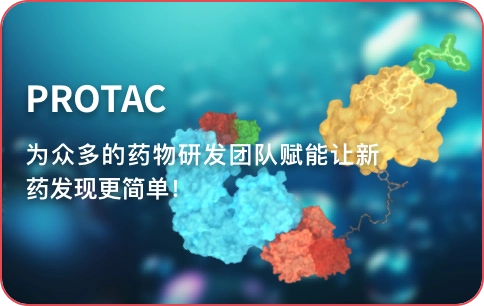






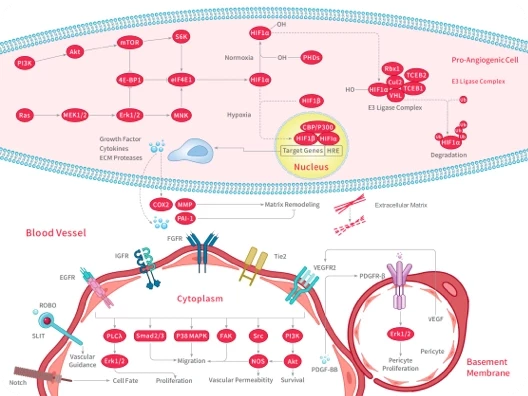
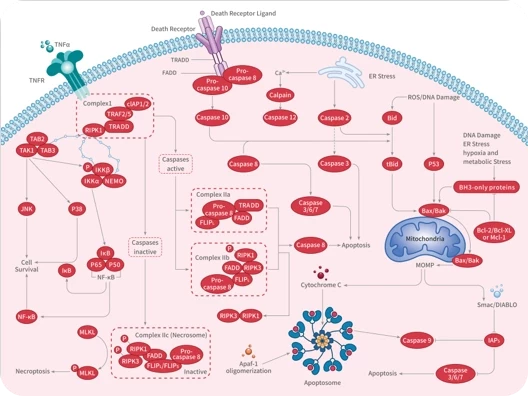
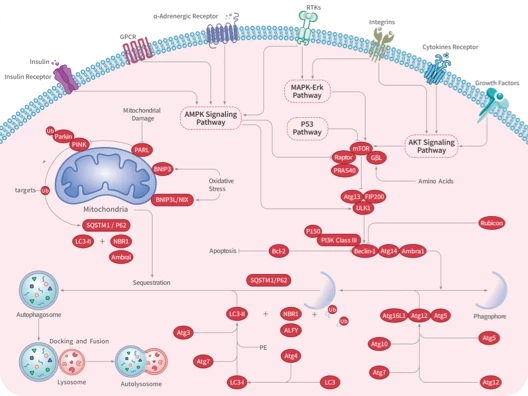

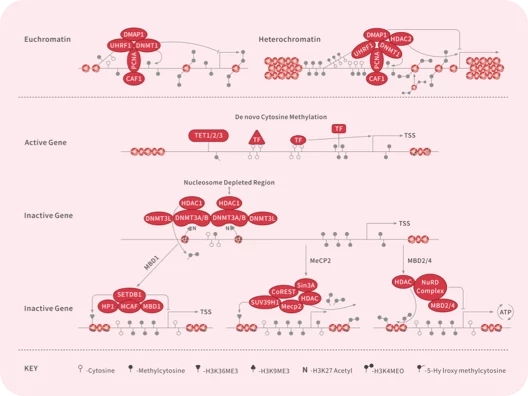
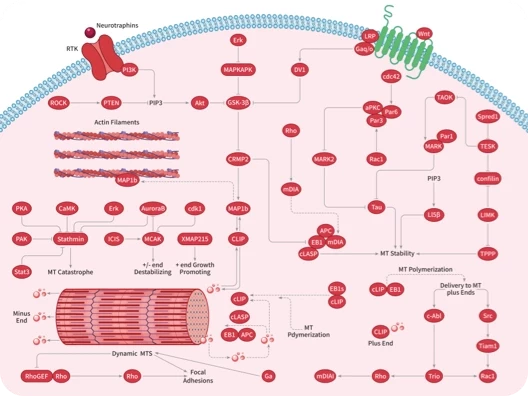
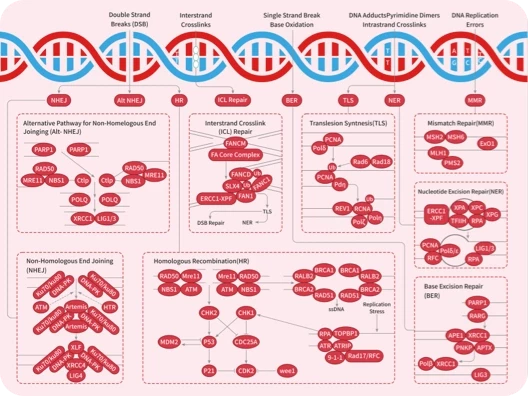
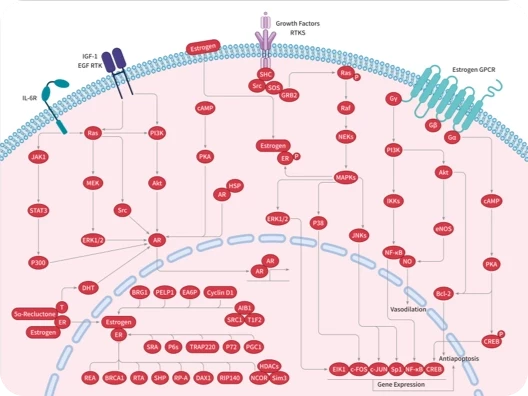
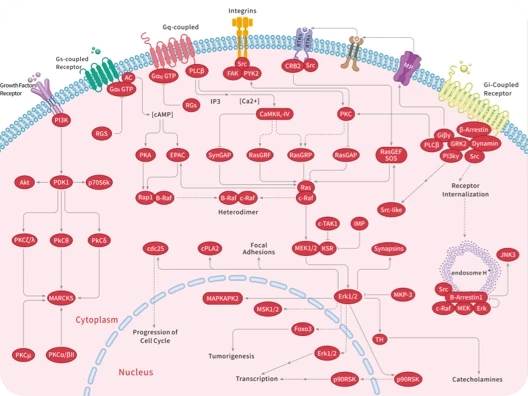
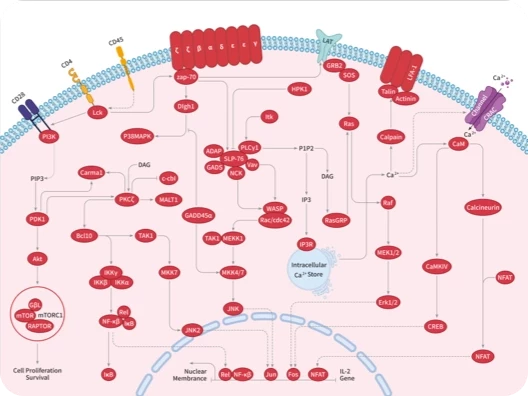
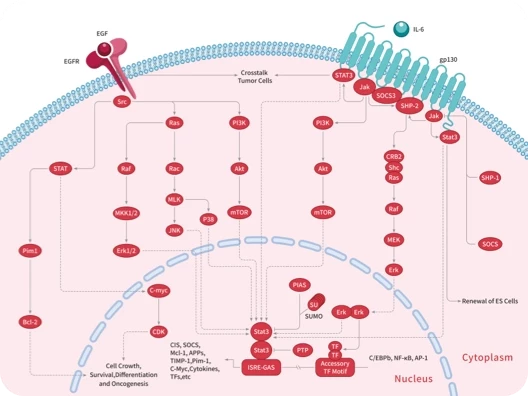
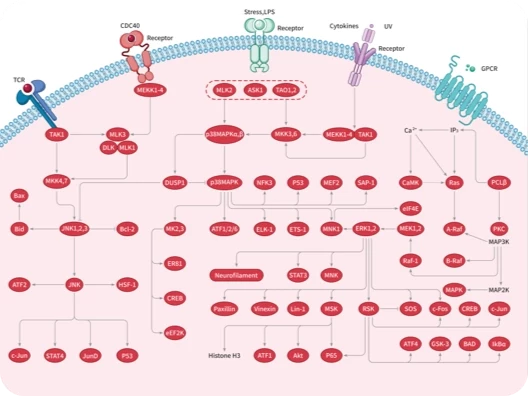
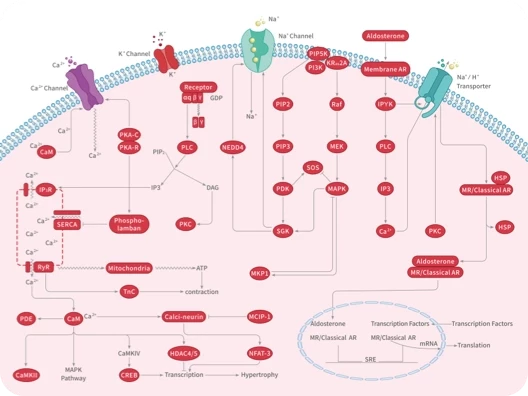
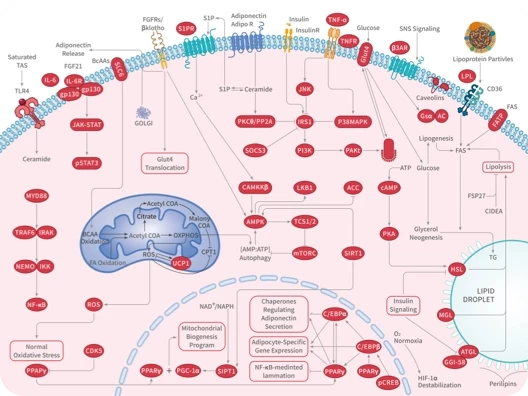
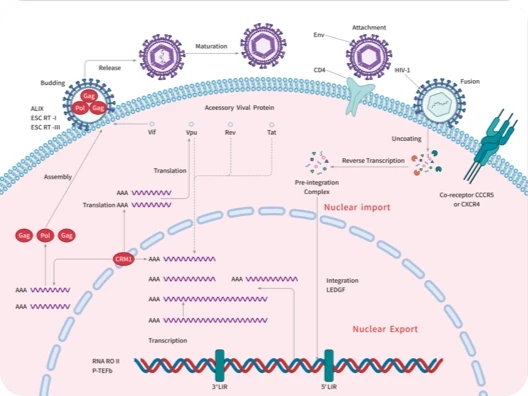

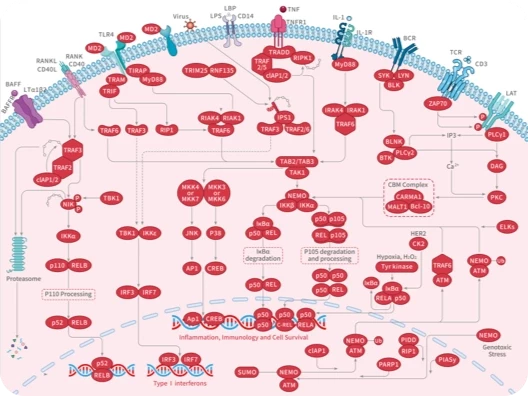
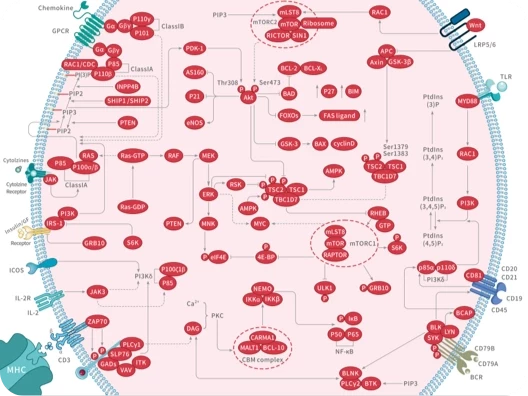
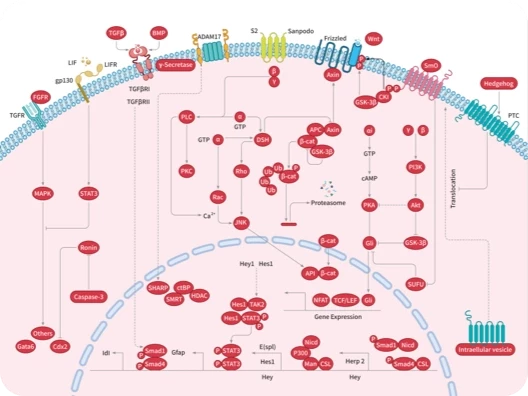
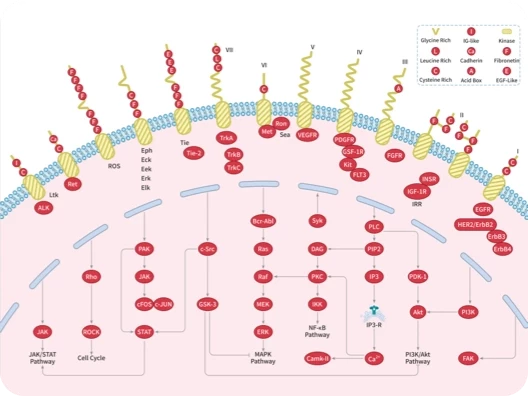
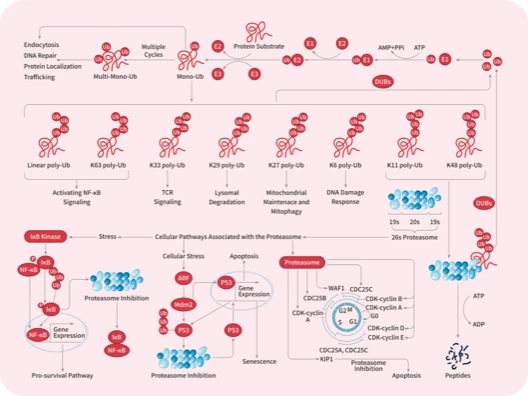

 |
|